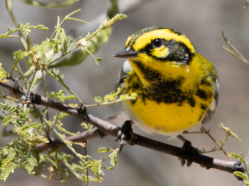Using weather radar and automated flight call monitoring to sample migration in the American West
How to describe something we cannot see? This challenge defines nocturnal bird migration research. Every spring and fall, millions of birds fly through the night, journeying between wintering and breeding grounds.
